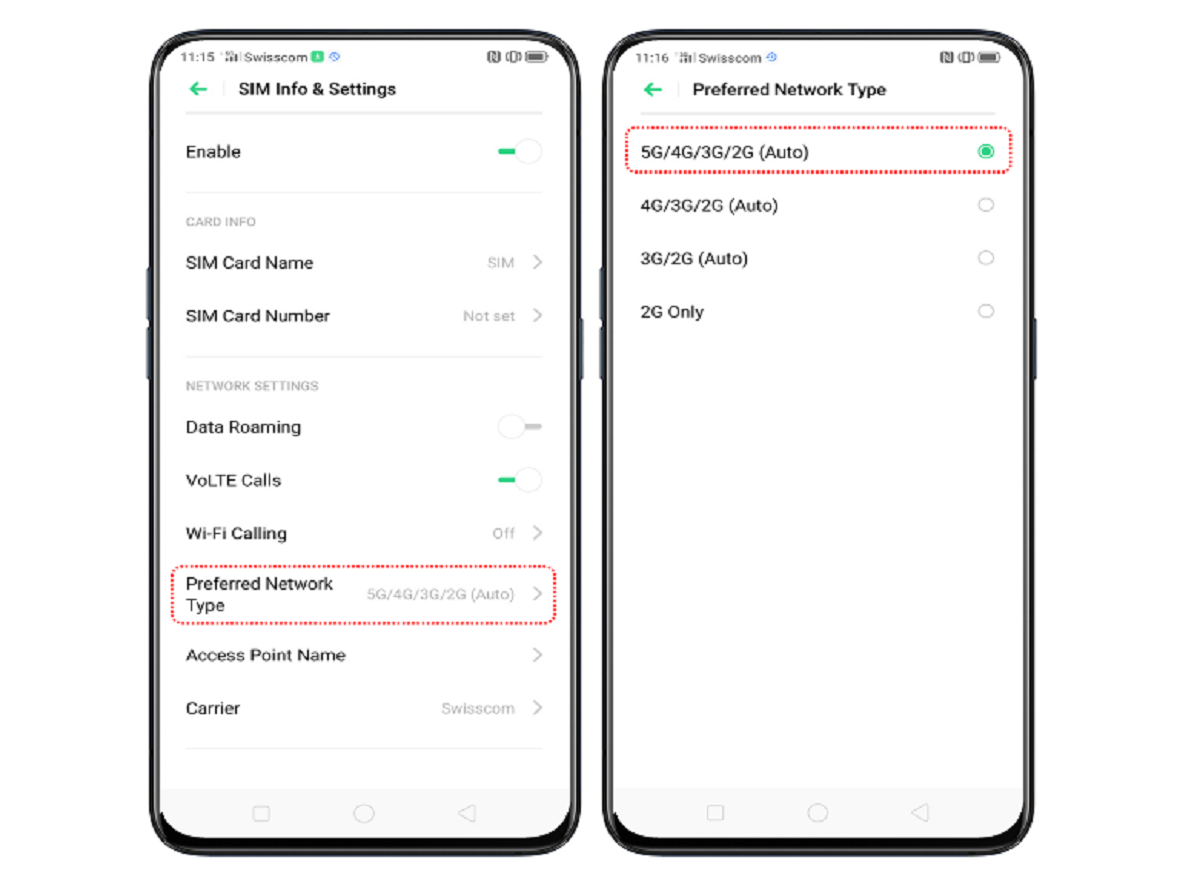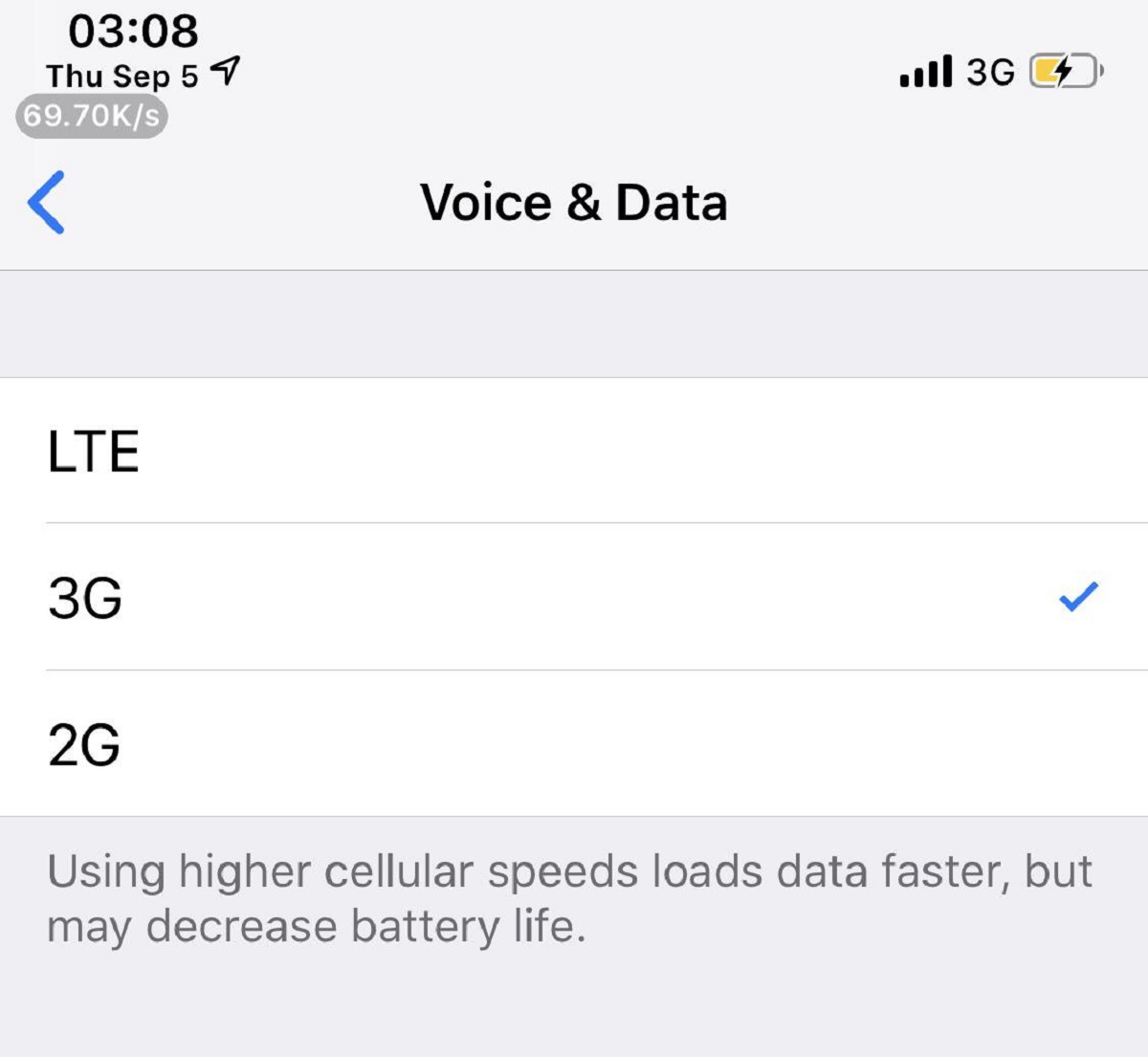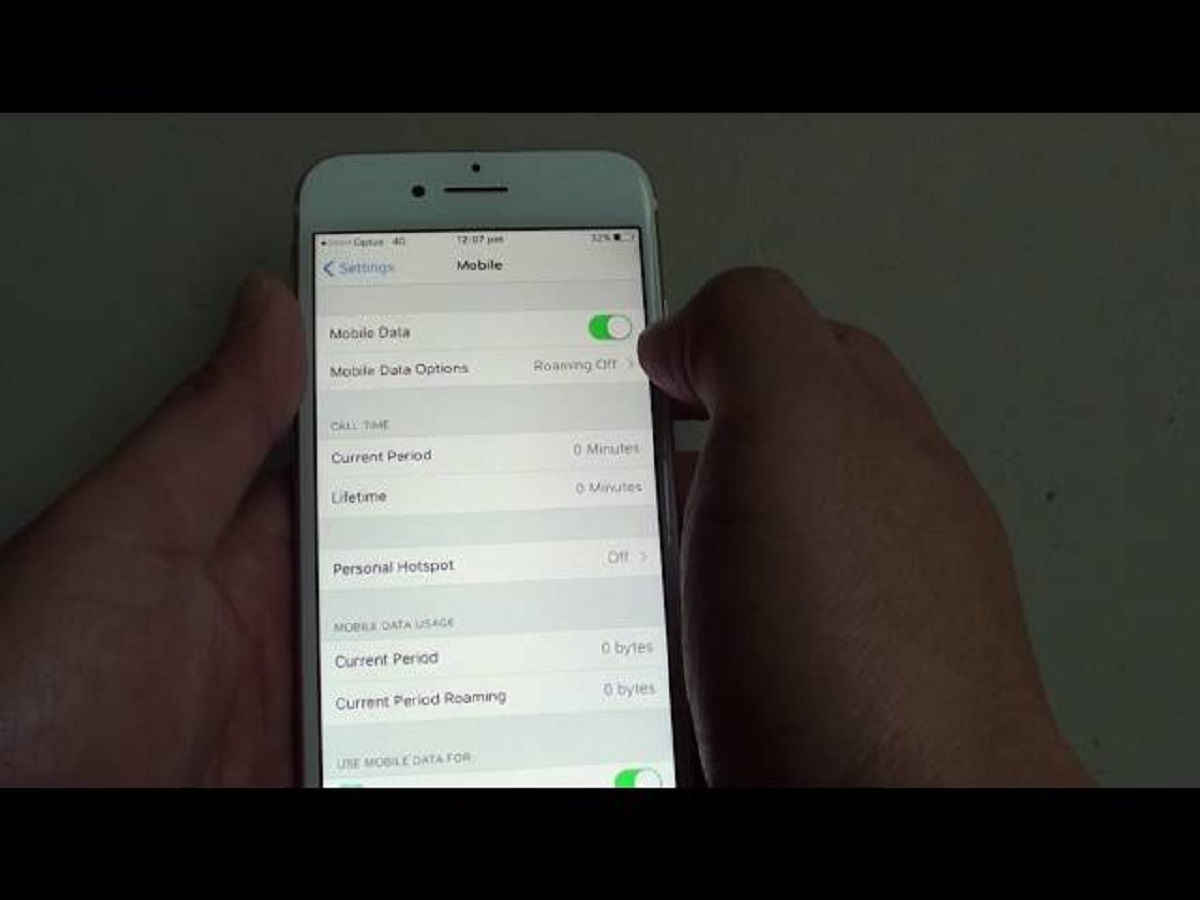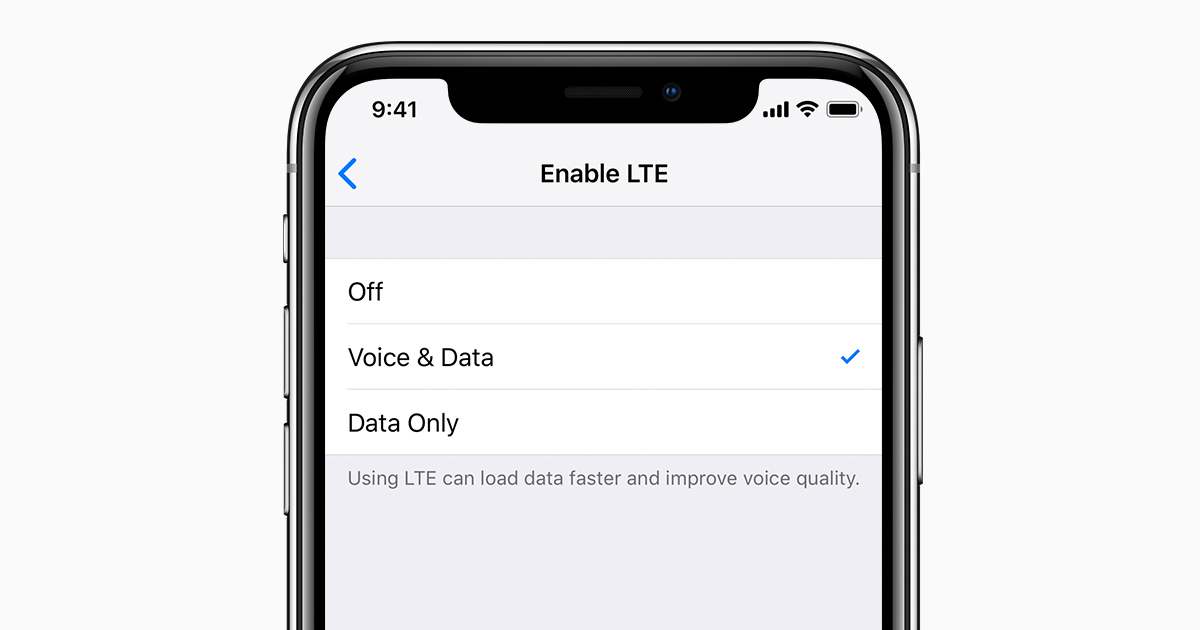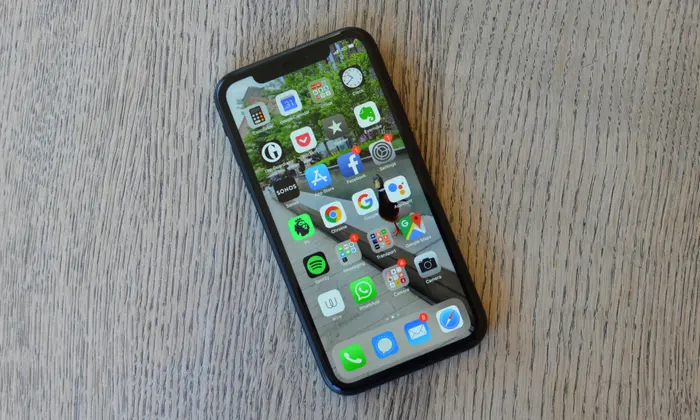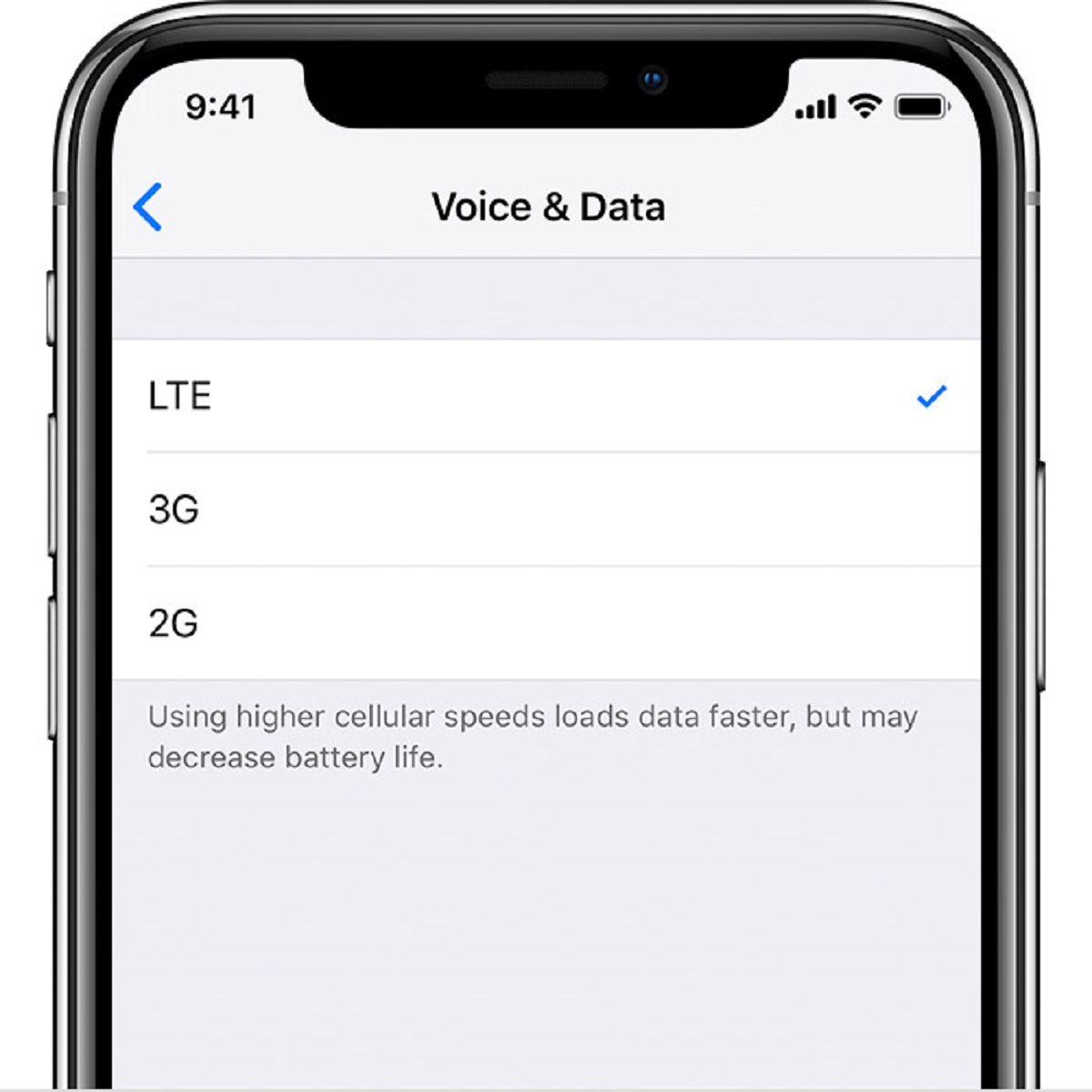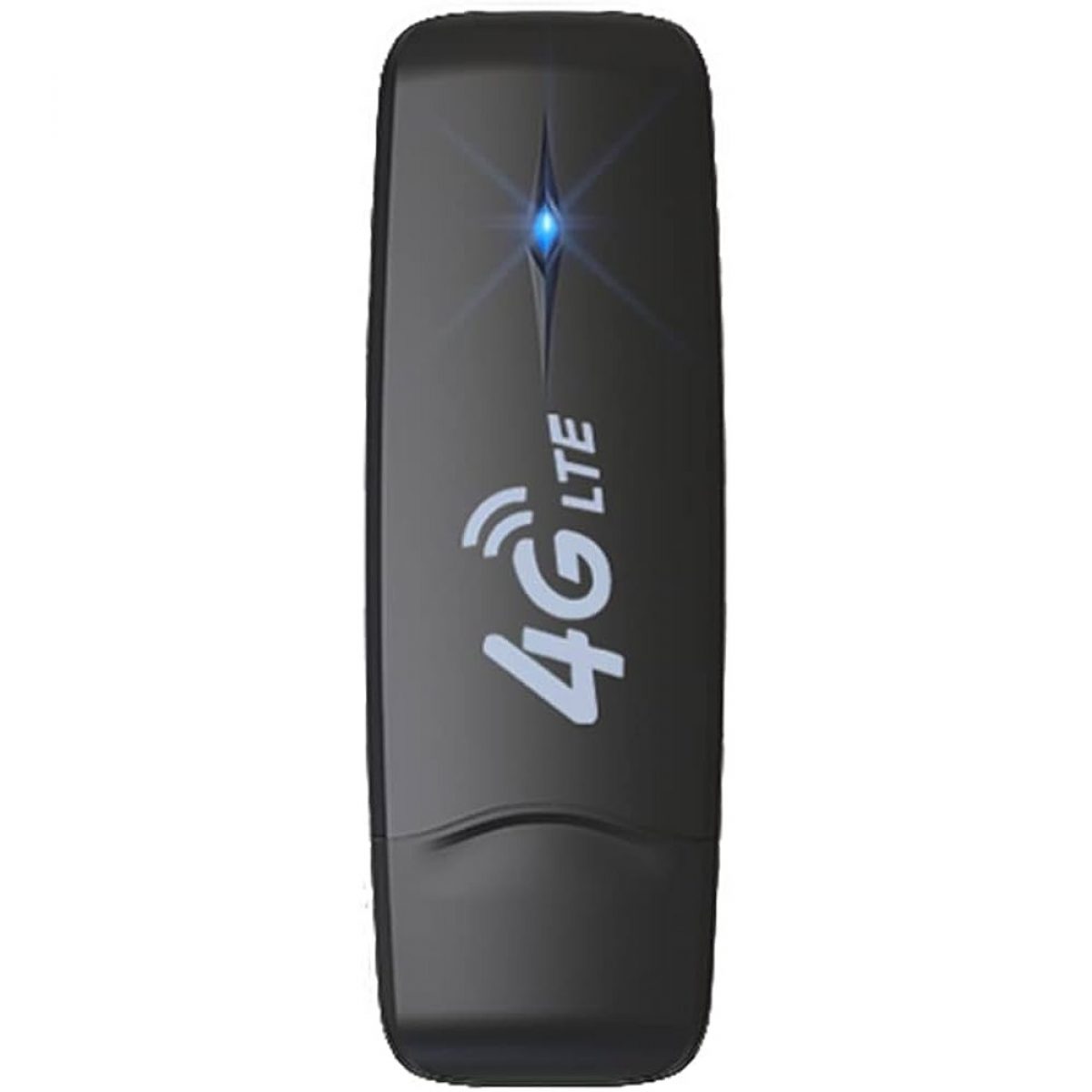Introduction
In today’s fast-paced digital world, having a reliable and speedy internet connection on our smartphones is essential. With the introduction of 4G technology, users can enjoy faster browsing, smoother streaming, and quicker downloads. However, not all smartphones may be capable of 4G connectivity, which leaves many users wondering how to determine if their phone supports this advanced network. In this article, we will explore various methods to help you easily identify if your phone is 4G-ready.
With the evolution of mobile networks, we’ve witnessed the transition from 2G to 3G and eventually to the highly sought-after 4G network. While some older devices may still be limited to 2G or 3G, most modern smartphones are equipped with 4G capabilities. By understanding how to check if your phone supports 4G, you can enjoy faster internet speeds, improved call quality, and a superior overall digital experience.
To determine the compatibility of your device with 4G technology, there are a few methods you can follow. These methods include checking your device settings, analyzing network indicators, running speed tests, consulting your phone’s specifications, and contacting your service provider for further assistance. Each method offers different insights into your phone’s network capabilities, allowing you to make an informed decision about whether you need to upgrade to a 4G-enabled phone or if you can continue using your current device.
In the following sections, we will guide you through the step-by-step process of each method, providing you with the necessary information to identify if your phone supports 4G. By following these guidelines, you will no longer be left in the dark and will be able to unleash the full potential of your smartphone’s internet capabilities. So let’s dive in and explore how to tell if your phone is 4G-ready!
Checking your device settings
One of the simplest and most effective ways to determine if your phone supports 4G is by checking your device settings. Most smartphones have a dedicated section in the settings menu where you can find detailed information about your network connectivity options.
To access your device settings, start by locating the “Settings” app on your phone. It is typically represented by a gear icon and can be found either on your home screen or in the app drawer. Once you have opened the settings menu, look for the “Network & Internet” or “Connections” option. This section may vary depending on your phone’s manufacturer and operating system. Go ahead and tap on it to proceed.
Within the “Network & Internet” or “Connections” menu, you should see an option called “Mobile Network” or “Cellular Data.” Tap on this option to view the available network modes. Here, you can select between various network technologies, such as 2G, 3G, and 4G. If you see the option for 4G or LTE, that means your phone is 4G-enabled.
Alternatively, some devices may display the network type directly in the settings menu, without requiring you to navigate through multiple sections. Look for terms like “4G,” “LTE,” or “VoLTE” in the main settings page. If you see any of these terms, it indicates that your phone is 4G-compatible.
It is important to note that the exact navigation and terminology may differ slightly depending on your phone’s make and model. If you’re having trouble finding the network settings, refer to your device’s user manual or perform a quick search online for specific instructions.
Additionally, if your phone has a dual SIM capability, make sure to check the network settings for both SIM slots, as they may have different network capabilities. While one SIM slot might be 4G-ready, the other might only support 2G or 3G networks. Ensure that you select the correct SIM slot when checking for 4G compatibility.
By checking your device settings, you can quickly ascertain whether your phone is 4G-ready or if it is limited to older network technologies. If you find that your phone does not support 4G, don’t worry! There are several other methods to explore, which we will discuss in the following sections.
Checking the network indicator
Another way to determine if your phone supports 4G is by looking at the network indicator displayed on your device. Most smartphones have a small icon located in the status bar that indicates the type of network connection you are currently using.
To check your network indicator, unlock your phone and take a look at the top-right corner of the screen. You may see icons such as “E,” “3G,” “H,” or “4G.” Each of these icons represents a different level of network connectivity, with 4G being the fastest and most advanced option.
If you see the “4G” or “LTE” icon, it means that your phone is connected to a 4G network. This indicates that your device is indeed 4G-ready and capable of accessing high-speed internet. On the other hand, if you see icons like “E” or “3G,” it means that your phone is not currently connected to a 4G network and may not support 4G capabilities.
Keep in mind that the appearance of the network indicator may vary based on your phone’s manufacturer and the theme you have applied. Some devices display the network type in the status bar, while others may require you to swipe down from the top of the screen to access the full notification panel. Once you have located the network indicator, make note of the displayed network type.
It is important to mention that the network indicator can change based on your location and the availability of 4G networks in your area. If you are in an area with limited 4G coverage, your phone may automatically switch to a lower network mode, such as 3G or 2G. In such cases, your network indicator may not display the 4G icon even if your phone is 4G-enabled. To ensure accurate results, try checking the network indicator in different locations where 4G coverage is known to be available.
By checking the network indicator on your phone, you can get a quick visual confirmation of whether your device is currently using a 4G network. However, it is important to keep in mind that this method only provides real-time information and may not always reflect the full capabilities of your phone. To get a more comprehensive understanding of your device’s network compatibility, let’s explore other methods in the following sections.
Running a speed test
Running a speed test is an effective way to measure the actual internet speeds you are receiving on your phone. By conducting a speed test, you can determine if your device is capable of reaching 4G speeds or if it is limited to slower network technologies.
To perform a speed test, you can download one of the many available speed test apps from your device’s app store. Popular options include Ookla’s Speedtest, Fast.com, and Google’s Network Speed Test. Once you have installed the app, open it and follow the instructions to run the test.
The speed test app will measure both your download and upload speeds, displaying the results in megabits per second (Mbps) or kilobits per second (Kbps). These results will give you an accurate representation of the current internet speed on your phone.
When analyzing the speed test results, focus on the download speed. The download speed indicates how fast your device can receive data, which directly affects your overall internet experience. If the download speed exceeds 10 Mbps, it is likely that your phone supports 4G connectivity. However, if the result is much lower, such as below 5 Mbps, there is a possibility that your device is limited to 3G or even 2G networks.
It’s important to note that various factors can affect the speed test results, including your network provider, signal strength, and the current network congestion. To obtain the most accurate results, try running the speed test in different locations and at different times throughout the day.
Running a speed test can provide valuable insights into the actual internet speeds your phone is capable of achieving. If your speed test indicates that your device is consistently reaching high speeds, it is a good indication that your phone is 4G-enabled. However, if the results consistently show slower speeds, it may be worth exploring other methods to confirm your phone’s network compatibility.
Now that we’ve covered running a speed test, let’s explore another method to check if your phone is 4G-ready: analyzing download and upload speeds.
Analyzing download and upload speeds
Analyzing the download and upload speeds of your internet connection can provide further insight into the capabilities of your phone’s network connectivity. By comparing the speed test results, you can determine if your device supports 4G or if it is limited to slower network technologies.
When analyzing the speed test results, pay attention to both the download and upload speeds. The download speed refers to how quickly your device can receive data from the internet, while the upload speed indicates how fast it can send data.
If your phone consistently provides high download speeds, reaching 10 Mbps or above, it is likely that your device supports 4G connectivity. This indicates that your phone can rapidly load webpages, stream videos, and download files at a fast pace.
On the other hand, slow download speeds, averaging below 5 Mbps, may suggest that your device does not support 4G networks. In this case, your phone may be limited to 3G or even 2G connections. Slower download speeds can result in longer loading times, buffering when streaming videos, and slower downloads.
Additionally, it’s important to consider the upload speeds. While download speed is more crucial for most users, upload speed is important for tasks such as sharing files, uploading videos, or video calling. If your upload speeds consistently exceed 5 Mbps, it is a positive indication that your phone supports 4G connectivity.
Remember that speed test results can be influenced by various factors, including the network provider, signal strength, and network congestion. If you consistently experience slow speeds, it may be worth contacting your service provider to ensure your phone is properly connected to the correct network.
Analyzing the download and upload speeds of your internet connection can provide a clearer understanding of your phone’s network capabilities. If your device consistently achieves fast download and upload speeds, it is a strong indication that your phone is 4G-ready. However, if the speeds are consistently slow, it may be necessary to explore other methods to verify your phone’s network compatibility.
Next, we will explore another method to determine if your phone is 4G-ready: checking network compatibility.
Checking network compatibility
Checking network compatibility is another effective method to determine if your phone is 4G-ready. This involves understanding the bands and frequencies supported by your phone and comparing them to the 4G bands used by your network provider.
To check network compatibility, you can start by finding out the bands and frequencies supported by your phone. You can usually find this information in your phone’s specifications section. The specifications can be found on the manufacturer’s website, in the user manual, or by conducting a simple internet search using your phone’s make and model.
Once you have obtained the band and frequency information, you can consult your network provider’s website or contact their customer support to determine which bands they use for their 4G network. Network providers often provide a list of supported bands and frequencies on their website, specific to different regions or countries.
Compare the bands and frequencies listed for your phone with those supported by your network provider. If there is a match, it indicates that your phone is compatible with their 4G network. However, if there are no matching bands, it is likely that your phone does not support the specific 4G bands used by your network provider.
Network compatibility is essential for ensuring optimal performance on your phone. If your phone does not support the 4G bands used by your network provider, you may experience limited coverage, slower speeds, or even no connectivity at all in certain areas. In such cases, it is recommended to consider upgrading to a phone that is compatible with your network provider’s 4G bands.
Keep in mind that the availability of 4G bands can vary depending on your location and the network provider. It’s a good idea to check the network compatibility not only for your current provider but also for any potential future providers you may consider switching to.
By checking network compatibility, you can ensure that your phone is 4G-ready and capable of utilizing the full capabilities of your network provider’s 4G network. If your phone is not compatible with the 4G bands used by your provider, it may be necessary to consider other methods or upgrade your device to enjoy the benefits of 4G connectivity.
Next, we will discuss consulting your phone’s specifications to determine if it supports 4G.
Consulting your phone’s specifications
One of the most reliable ways to determine if your phone supports 4G is by consulting the device’s specifications. Every smartphone comes with a detailed specification sheet that provides information about its features, capabilities, and supported network technologies.
To access your phone’s specifications, you can start by referring to the user manual that came with your device. The user manual usually includes a section that outlines the technical specifications of the phone. If you don’t have the manual, you can visit the manufacturer’s website and search for your phone’s model. Look for a section or tab labeled “Specifications” or “Tech Specs.”
Within the specifications, pay attention to the network section or the connectivity options. Look for mentions of 4G, LTE, or specific 4G bands and frequencies. If your phone supports 4G, it should be clearly mentioned in the specifications.
In addition to the support for 4G networks, you can also check for additional features like VoLTE (Voice over LTE) or carrier aggregation, which can enhance the quality of voice calls and further improve data speeds.
If your phone’s specifications indicate support for 4G networks and the specific bands used by your network provider, it confirms that your phone is 4G-ready. However, if there is no mention of 4G or the supported bands do not match those of your network provider, it is an indication that your phone may not support 4G capabilities.
It’s worth noting that older phone models or entry-level smartphones may not support 4G connectivity. If your phone does not support 4G, you may still be able to use it on 2G or 3G networks, but you may experience slower internet speeds and limited capabilities compared to 4G-enabled devices.
By consulting your phone’s specifications, you can obtain accurate and reliable information about its network capabilities. This method allows you to verify if your phone supports 4G and provides additional details about other network-related features. If your phone’s specifications confirm 4G support, you can enjoy the benefits of faster internet speeds and improved network performance.
Finally, if you are still unsure about your phone’s 4G compatibility, it is advisable to contact your service provider for further assistance. They can provide specific information about your device’s compatibility with their network and guide you on the best course of action if your phone doesn’t support 4G.
Contacting your service provider
If you have tried the previous methods and are still unsure about your phone’s compatibility with 4G, it is recommended to reach out to your service provider for clarification and assistance. The service provider’s customer support team can provide accurate and specific information about your device and its compatibility with their network.
To contact your service provider, locate their customer support contact details. This information can usually be found on their website or on your billing statement. It may include a phone number, email address, or live chat option for customer inquiries.
When contacting your service provider, be prepared with the details of your phone’s make, model, and IMEI number. The IMEI number can usually be found in the device settings or by dialing *#06# on your phone’s keypad. Providing these details will enable the customer support team to assist you more efficiently.
Once you have reached out to the service provider, explain your query about your phone’s compatibility with their 4G network. They will be able to verify the supported networks and bands for your phone and clarify any doubts you may have.
In some cases, the service provider may also be able to offer alternative solutions if your phone is not 4G-compatible. They may suggest upgrading to a 4G-enabled device or provide information about network coverage in your area.
Remember that each service provider may have different policies and procedures regarding network compatibility and device support. By contacting them directly, you can get accurate and reliable information tailored to your specific situation.
Overall, contacting your service provider is a valuable step in determining whether your phone supports 4G and understanding the options available to you. Their expertise and knowledge can guide you in making informed decisions regarding your device and network connectivity.
Now, armed with the information from your service provider, you can confidently assess if your phone is 4G-ready or if you need to consider other options to enjoy the benefits of 4G technology.
Conclusion
Determining if your phone is 4G-ready is essential in today’s fast-paced digital world. With faster internet speeds and improved network performance, 4G technology enhances your overall smartphone experience. Throughout this article, we explored various methods to help you identify if your phone supports 4G.
We started by checking the device settings, where you can find information about the available network modes. We then looked at the network indicator, which provides visual confirmation of the type of network connection your phone is using. Running a speed test helped us understand the actual internet speeds your phone is achieving, while analyzing download and upload speeds gave us further insight into your device’s network capabilities. Consulting your phone’s specifications provided specific details on its compatibility with 4G, and contacting your service provider offered additional assistance and clarification.
By following these methods, you can determine if your phone supports 4G and whether it can deliver faster browsing, smoother streaming, and quicker downloads. If your phone is 4G-ready, you can take full advantage of the benefits of this advanced network technology. However, if your phone does not support 4G, there are alternatives to consider, such as upgrading to a 4G-enabled device or exploring other network options.
Remember, the methods discussed in this article are applicable to most smartphones, but the exact navigation and information may vary depending on your phone’s make and model. It is always a good idea to refer to your device’s user manual or contact customer support for accurate and specific information.
In conclusion, by following the methods outlined in this article, you can confidently determine if your phone is 4G-ready and enjoy the benefits of faster and more reliable internet connectivity on your mobile device. Stay connected and make the most out of your smartphone’s capabilities!







